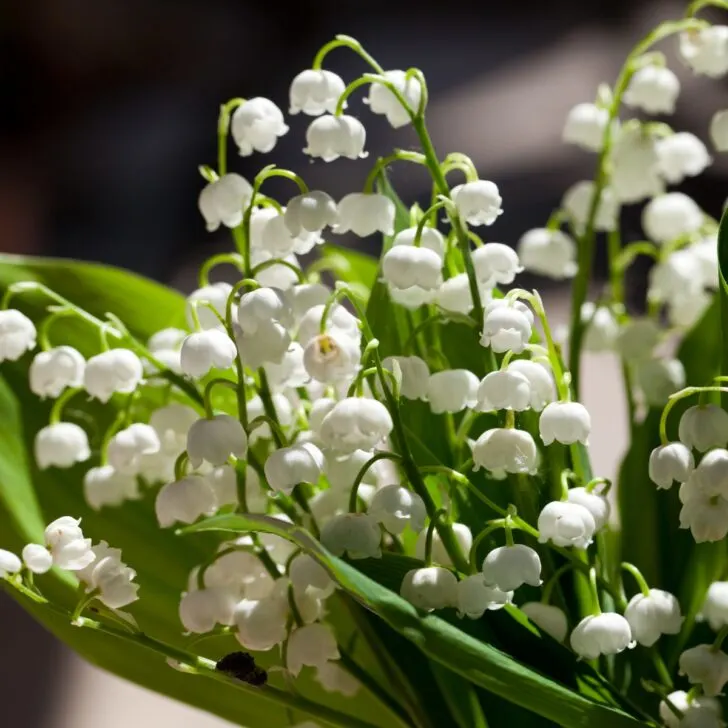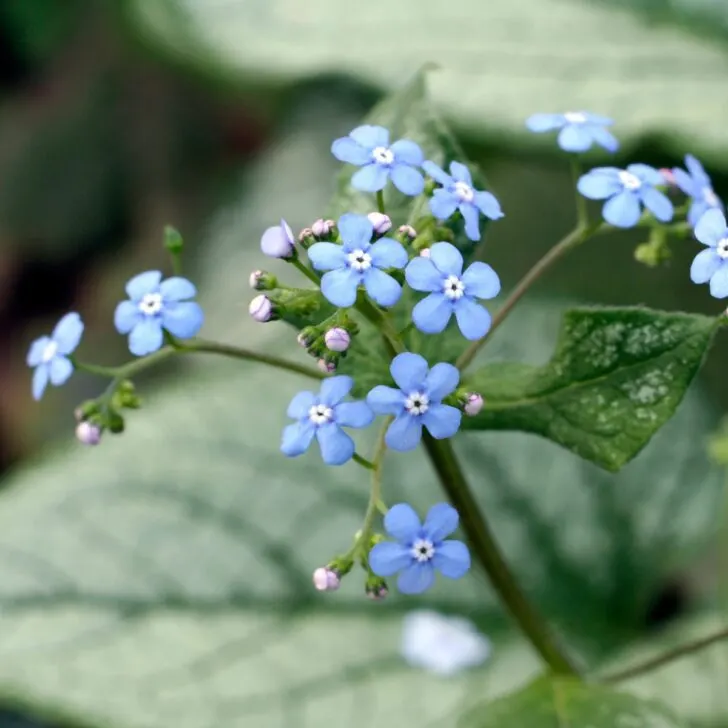Solomon's seal is a gracefully arching plant with small bell shaped flowers in spring. Learn how to grow Solomon's seal in your garden!

Solomon's seal is an excellent choice for open shady garden areas. This perennial plant spreads slowly from rhizomes, forming dense colonies of stunning green or variegated foliage that zigzags along the arching stems.
In winter, the plants die back, and pop back up in spring. During the spring and summer, clusters of bell shaped flowers form, hanging down in rows below the branches. The flowers are followed by small, grape-like fruits enjoyed by birds.
I recall the first time I saw a mass planting of Solomon's seal at the Rhododendron Species Botanical Garden in the Seattle area. There were hundreds of waist-high plants that filled an entire garden bed with their long stems and dangling flowers. It was quite magical!
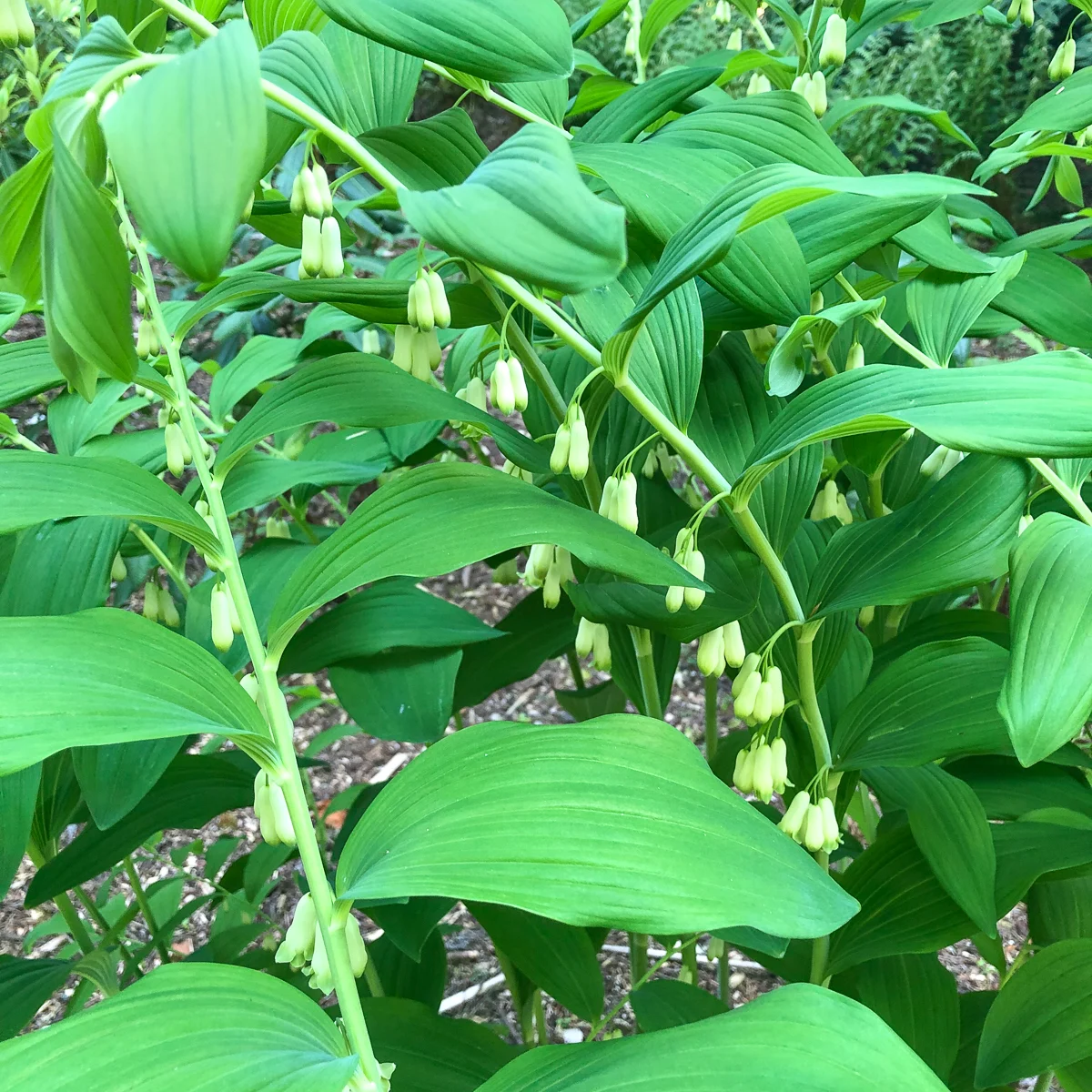
Here's how to grow and care for Solomon's Seal in your garden!
This post contains affiliate links for your convenience. Purchases made through these links may earn me a small commission at no additional cost to you.
Solomon's Seal Varieties
Solomon's seal, or Polygonatum, is part of the lily family. They vary in height from a few inches up to six feet tall.
Smooth or Giant Solomon's seal is native to the United States and reaches heights of five to six feet. It has light green leaves and yellow-green flowers that bloom in late spring. Hybrid varieties grow to a more manageable 3-4 feet tall.
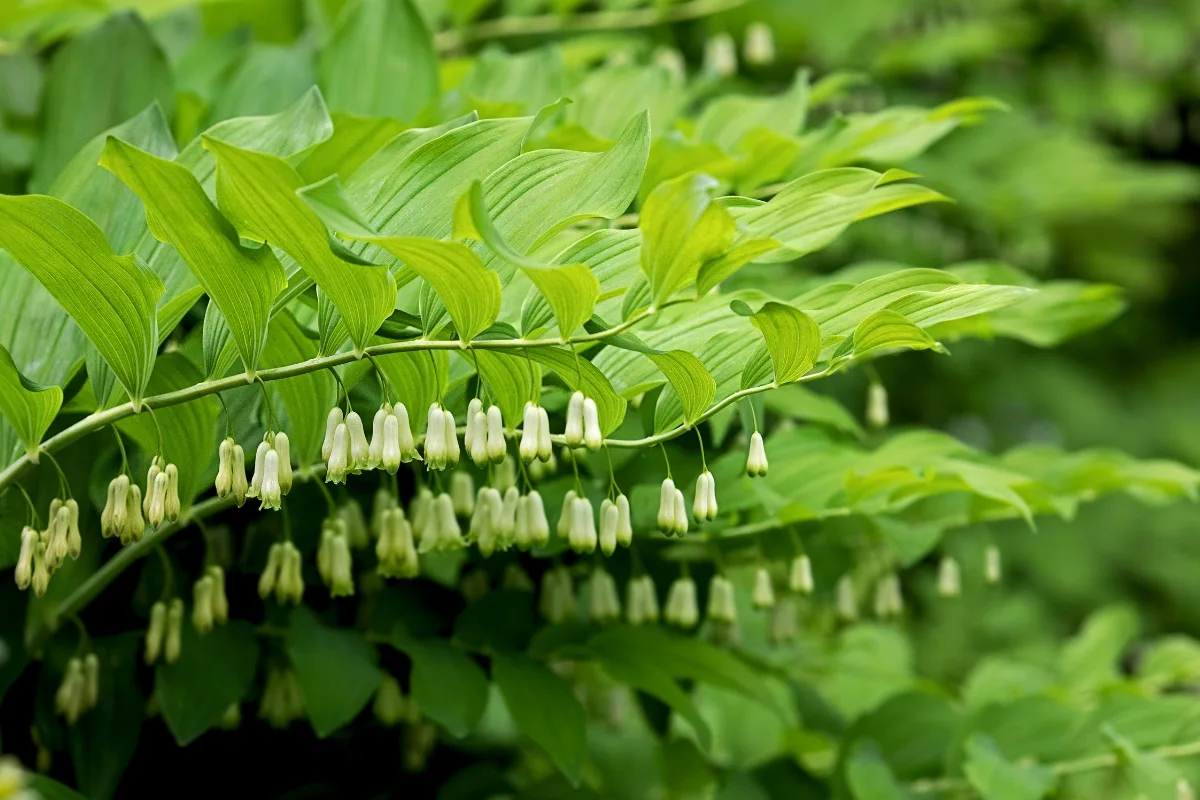
Polygonatum cryptanthum and P. humile are types of dwarf Solomon’s seal. These small varieties originate in Japan and only grow about one foot tall when they mature. Despite their miniature size, dwarf Solomon's seal has more prominent, dramatic flowers than many other types.
Other popular cultivars include:
- 'Variegated Solomon's seal' with white stripes on the foliage.
- 'Ruby Slippers' with two foot long red stems.
- 'Lemon Seoul' has leaves that are green leaves on top and silver on the bottom.
When to Plant Solomon's Seal
Spring and fall are the best seasons for putting Solomon's seal plants or rhizomes into the ground. This is also the best time to divide the rhizomes if you want to add more plants to other areas of the garden. Look for new shoots popping out of the ground in spring, and separate the roots to transplant them.
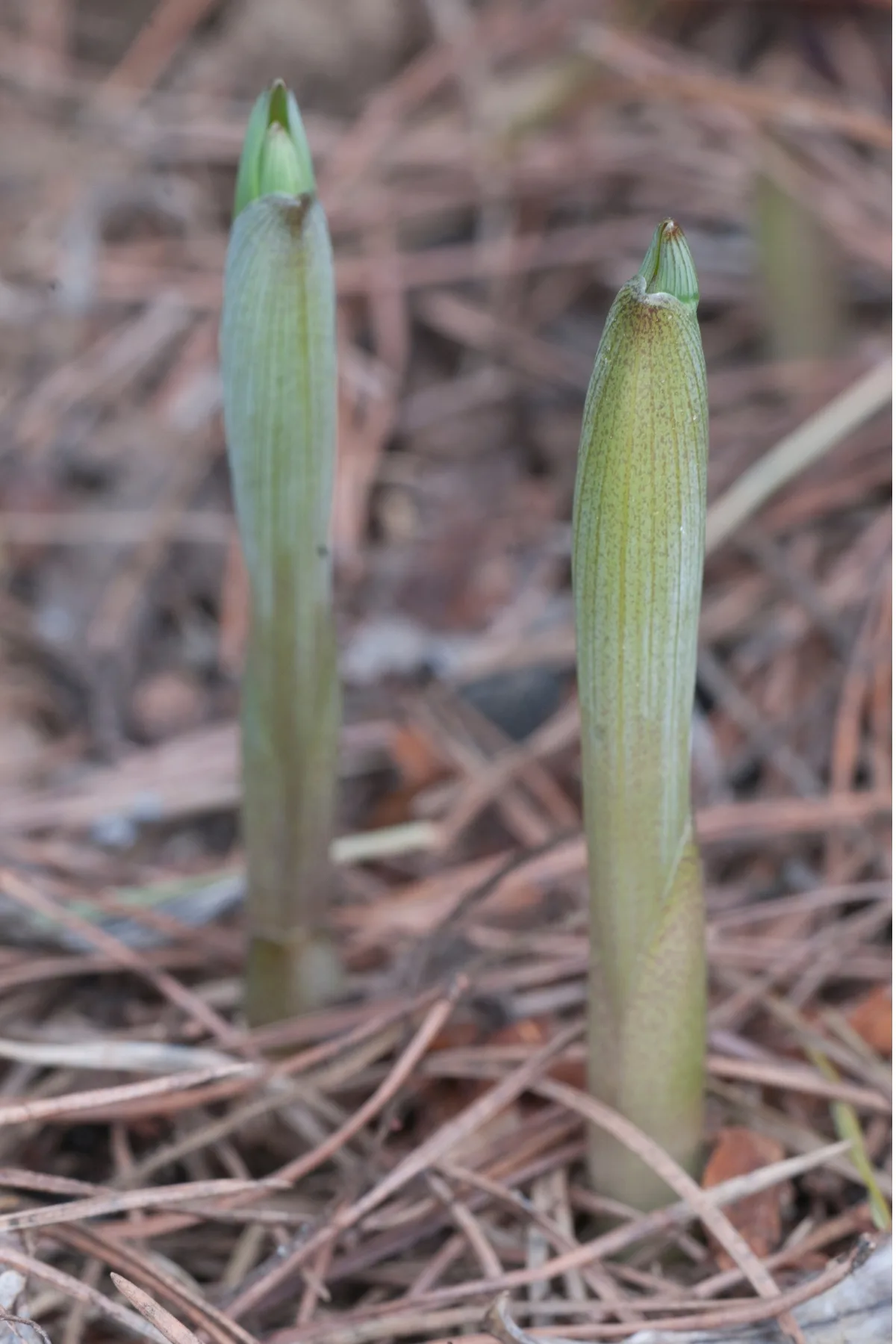
Where to Plant Solomon's Seal
Solomon's seal needs a shady location to grow, so choose a site with partial to full shade, such as the north side of a house or under dense tree canopies. A bit of sunlight in the morning is okay but avoid afternoon sun exposure. Once the plants get established, they easily tolerate mild drought conditions.
They contrast nicely with astilbes, hostas, lungworts, heuchera, and other shade-loving plants, especially short, mounding plants placed in the foreground. The foliage on variegated types stands out particularly well in sites with deep shade.
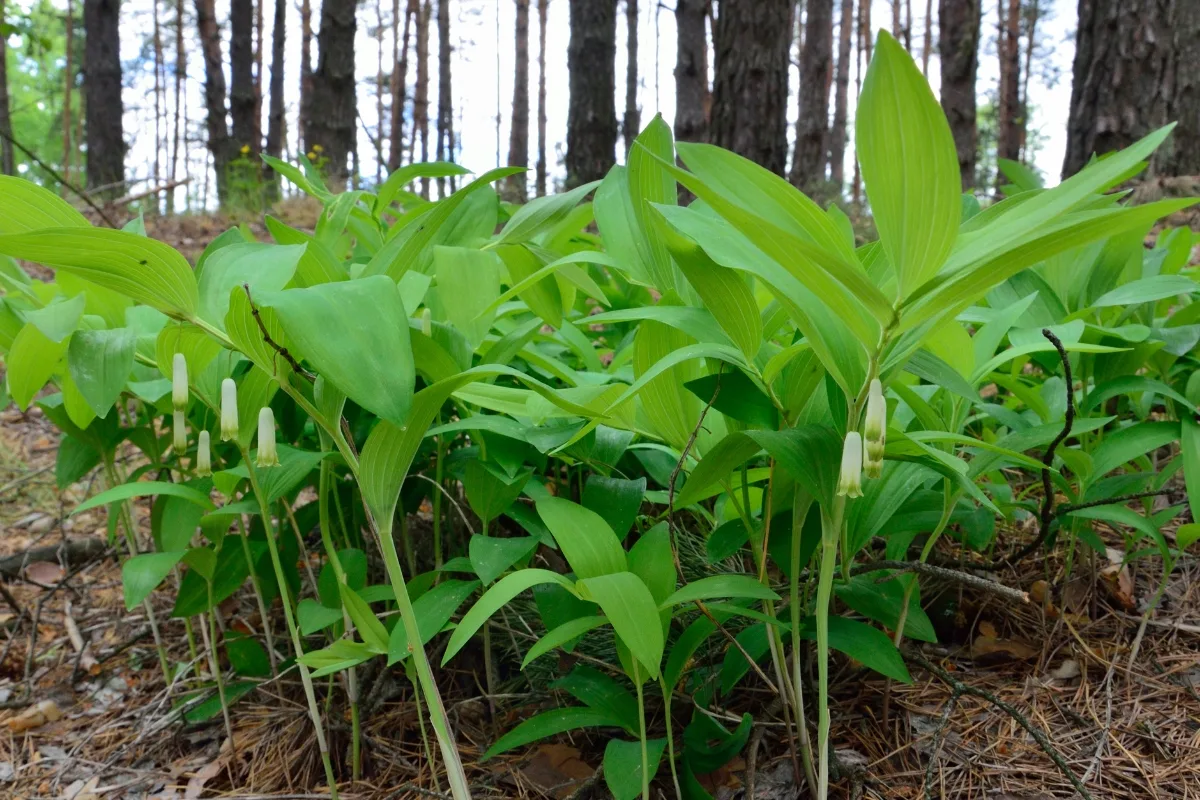
Solomon's seal makes an excellent ground cover under the shade of trees or large shrubs. They're juglone tolerant, so I've planted a patch of them under our black walnut tree where little else seems to grow.
Deer do not like to browse on Solomon's seal, making them a good choice for woodland gardens. However, the foliage and berries are highly toxic to people, dogs, and cats, so be sure to plant this species away from pets and children.
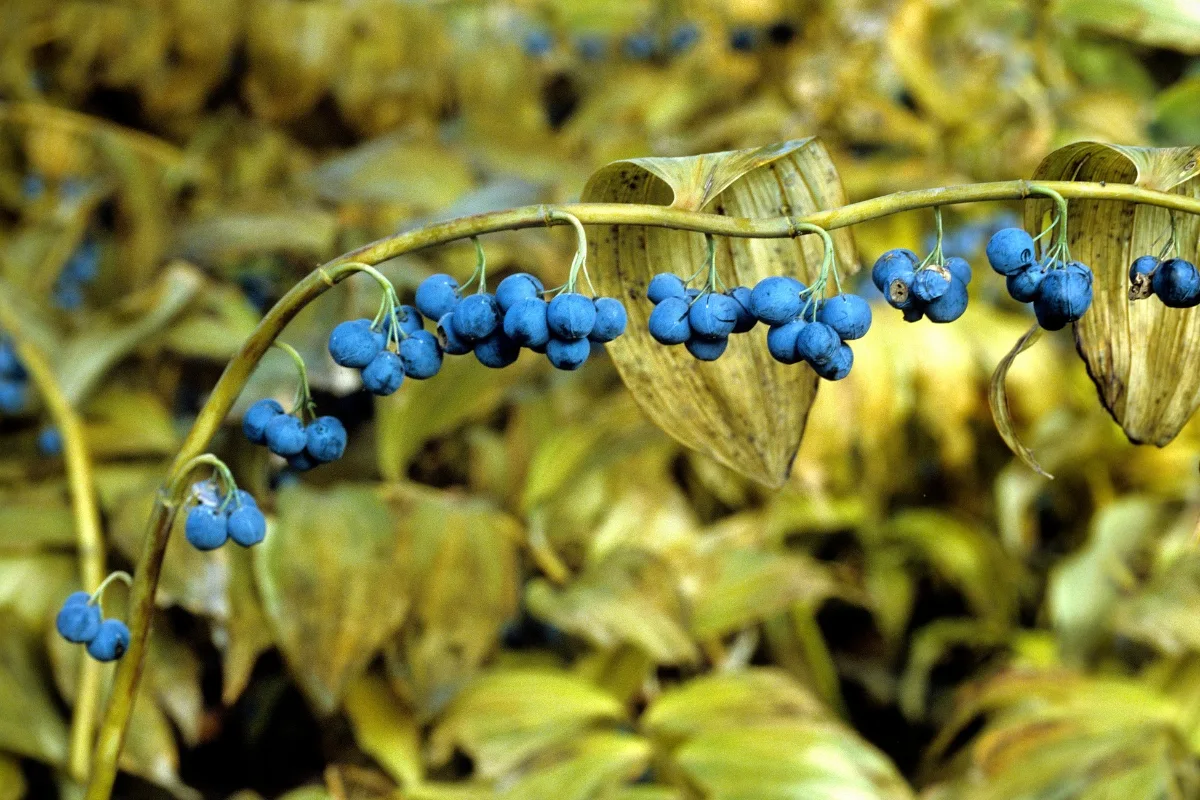
How to Plant Solomon's Seal
Growing Solomon's seal from seed is possible but very slow, taking up to three years for the seedlings to get big enough to transplant. A better option is to buy plants or rhizomes from a nursery or online. I recently purchased five more plants to fill out my shade garden this spring!
You can also propagate Solomon's seal by dividing rhizomes in spring after new growth starts to show, or in the fall when the foliage dies back.
Amend the soil with organic matter like compost or decomposed manure unless you already have highly fertile soil. Place the rhizomes on their side an inch or two below the soil surface. Cover them with compost or soil and keep them watered during the first year.
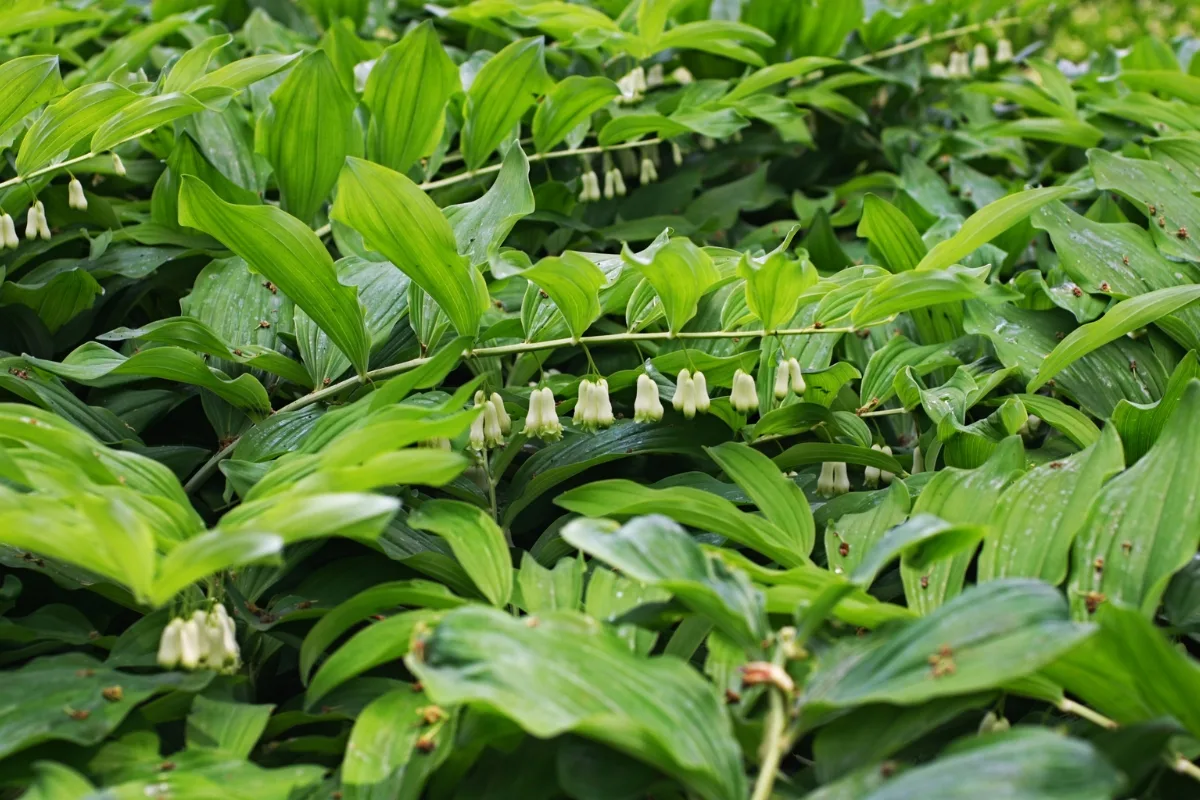
While the rhizomes do spread over time, Solomon's seal is a slow-growing plant and is rarely invasive. However, after two to three years, the plants can colonize an ample space, providing you with many years of beauty.
How to Care for Solomon's Seal
Solomon's seal grows best when the soil is fertile, so mulch them with high-quality compost or give them an application of fertilizer once each year to help them thrive.
Keep the plants well-watered during their first year until the roots are established. After that, rainwater might be enough except during prolonged dry spells.
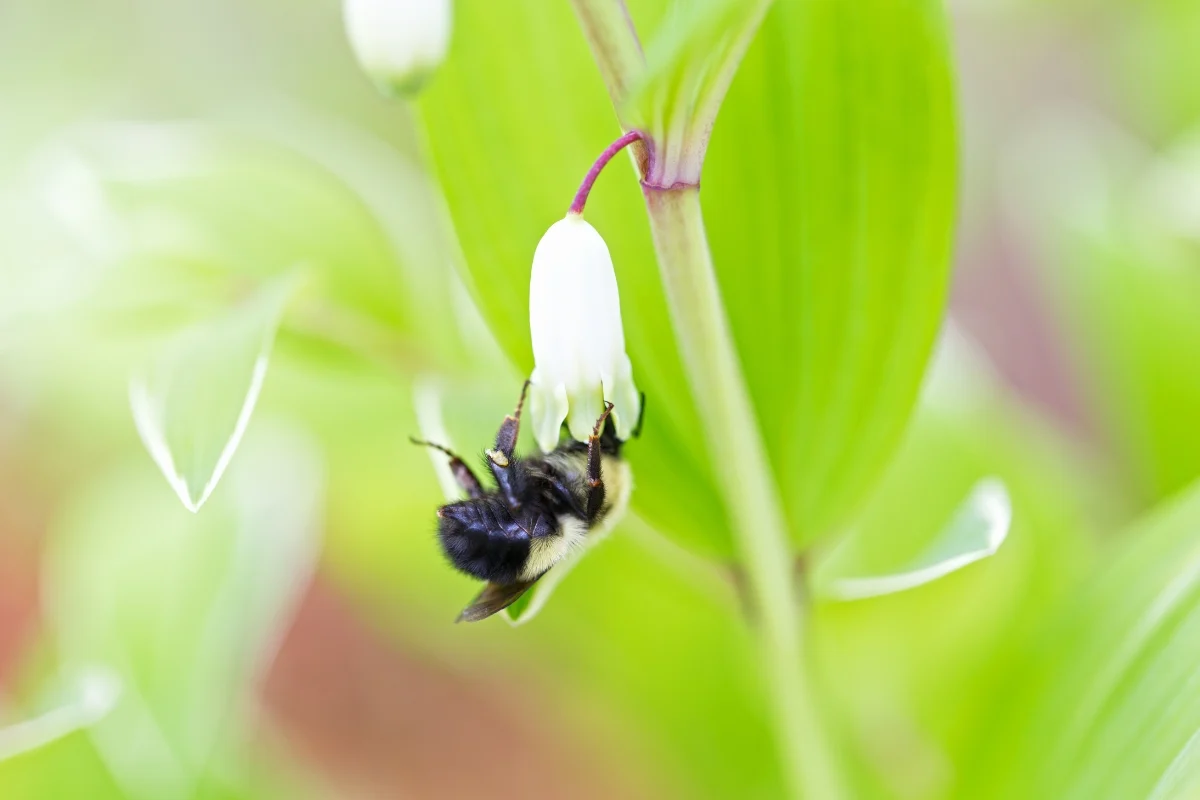
Few insects or diseases bother Solomon's seal plants. However, if you notice something eating holes in the leaves, it could be Solomon's seal sawfly. You can control this pest by picking off grey caterpillar larvae by hand in May and June or using a contact insecticide.
Frequently Asked Questions about Solomon's Seal
The rhizomes have scars from the previous year's growth that resemble the seal of King Solomon.
While the rhizomes do multiply and spread over time, their growth is quite slow and they can be easily removed if necessary.
Yes, the foliage and berries are poisonous, so deer won't eat it.
Check out these other shade loving flowers!

